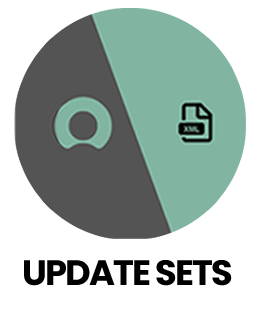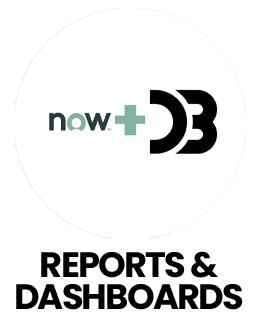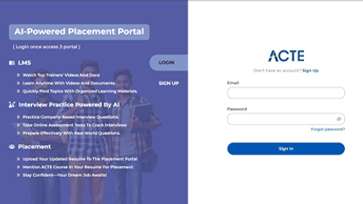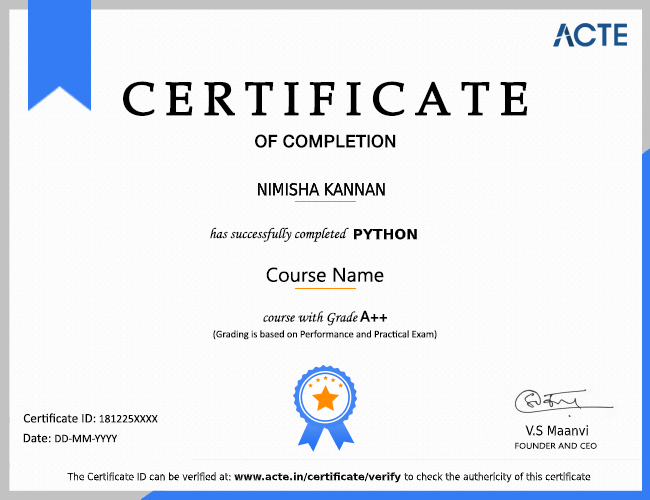1. What is ServiceNow and how is it different from other ITSM platforms?
Ans:
ServiceNow is a cloud-based IT Service Management (ITSM) platform that helps businesses manage incidents, changes, service requests, assets and workflows efficiently. Unlike traditional ITSM tools, it offers advanced automation, customizable workflows, analytics and integrations. This flexibility allows organizations to tailor processes while improving service delivery and operational efficiency.
2. What are the essential skills a ServiceNow professional should have?
Ans:
A ServiceNow professional should know core modules like Incident, Problem, Change and Service Catalog. Skills in automation tools such as Flow Designer, Business Rules and Workflow Editor are important. Proficiency in reports, dashboards, analytics, basic scripting, problem-solving, communication and collaboration is also valuable.
3. How do you approach a new ServiceNow project?
Ans:
I start by gathering IT goals and user requirements through stakeholder discussions and process analysis. Then I design data models, configure tables, workflows and automation and set up reports and dashboards. Testing and user feedback ensure improvements and adoption, with iterative adjustments to meet organizational needs.
4. What is a ServiceNow Table and why is it important?
Ans:
A ServiceNow table is a structured database that stores records like Incidents, Users or Assets. Standard tables are pre-built, while custom tables can be created for specific needs. Tables organize and manage IT data accurately and act as the cornerstone of analytics, reporting and decision-making.
5. How do you ensure your ServiceNow solution is user-friendly and accessible?
Ans:
I design clear forms, logical navigation and consistent naming conventions. Page layouts are readable, fields are labeled properly and keyboard accessibility is enabled. Tooltips, help text and user testing ensure an inclusive and smooth experience for all users.
6. What tools do you use for ServiceNow development and why?
Ans:
ServiceNow Studio is used for application management and scripting. Flow Designer automates workflows without code, while Business Rules and Client Scripts handle custom logic. Reports and dashboards monitor KPIs and performance, ensuring efficient development, automation and IT visibility.
7. Explain the importance of Reports and Dashboards in ServiceNow.
Ans:
Reports provide detailed tracking of incidents, requests and changes, while dashboards visualize key metrics and trends. They help managers identify bottlenecks, monitor performance and make data-driven decisions that improve IT service delivery.
8. How do you handle feedback or issues during ServiceNow implementation?
Ans:
Feedback is documented and evaluated against IT processes and requirements. Necessary changes are applied to configurations, workflows or scripts and clearly communicated. Solutions are designed to be scalable, compliant and aligned with organizational goals.
9. What methods do you use for testing ServiceNow implementations?
Ans:
Testing involves User Acceptance Testing (UAT) with real users, sandbox testing for workflows and scripts and regression testing to ensure updates don’t affect existing features. Data validation and feedback sessions help refine the system iteratively.
10. How do you keep up with ServiceNow trends and updates?
Ans:
I review release notes, attend official training, webinars and community forums. Participating in events, user groups and exploring new integrations ensures adoption of best practices and effective use of the latest platform features.

























